Virtual solutions, real concerns engage experts
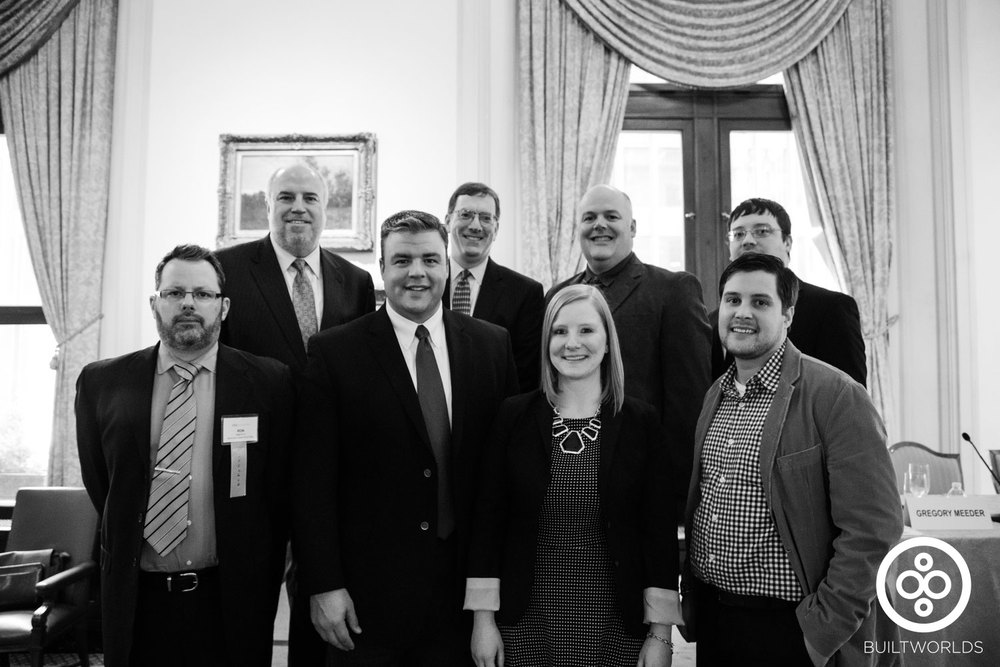


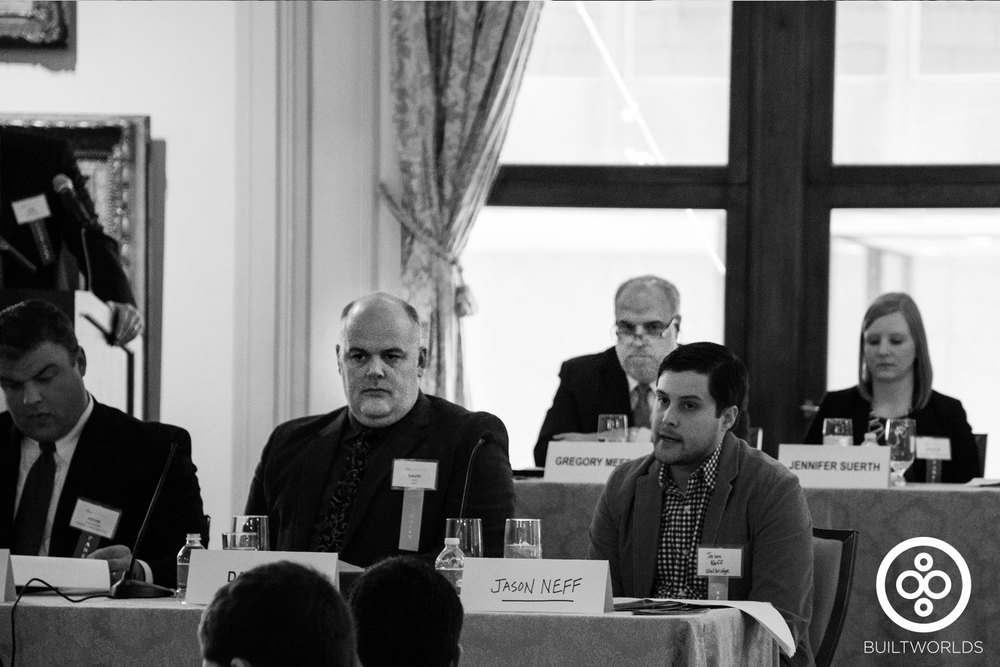

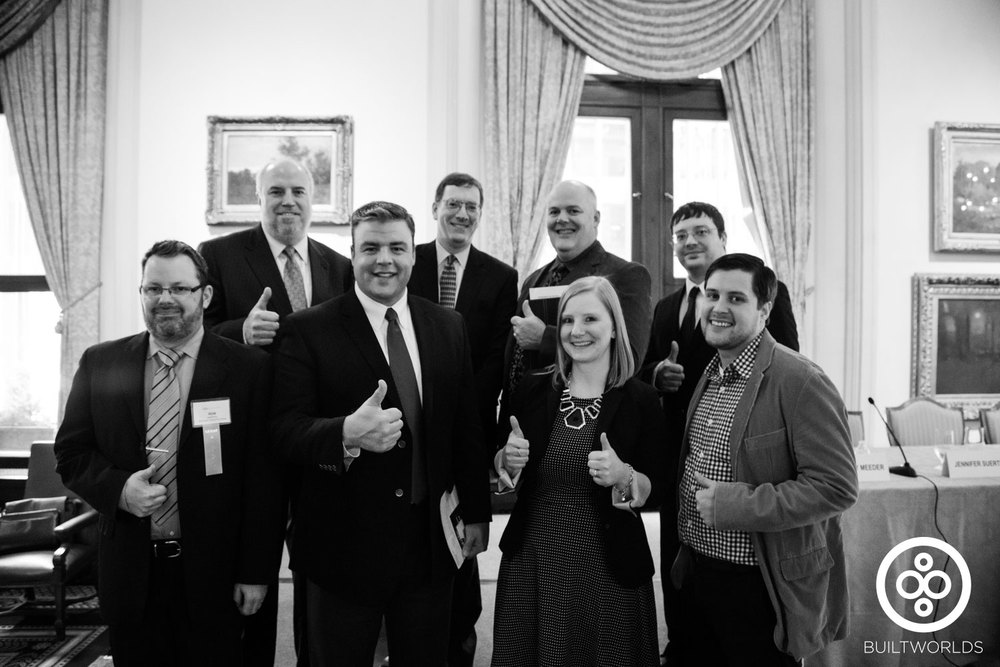
by ROB McMANAMY | March 23, 2015
Humans. We have met the enemy, and it is us.
Yes, we are the still the problem. But don’t worry. Technology is ready and willing to meet us more than half way on the road to success, and the next generation is already taking us there. Leadership just has to be smart, and open to change.
That was the reassuring message that came out of this week’s Chicago Building Congress (CBC) luncheon panel, the group’s first-ever program focused exclusively on technology. Moderated by BuiltWorlds, Optimizing the Process: CBC’s Virtual Construction Panel drew more than 170 members and guests to the downtown Union League Club and offered varying expert perspectives, both technical and general, from the point of view of an architect, general contractor, subcontractor, a former site superintendent, and an owner’s representative (aka “legal”).
One takeaway that emerged mid-way through the wide-ranging program was…
…Don’t open that e-mail!
Sophisticated cyber attacks, malware, and ransom-ware, among other underhanded schemes, are very real, and need to be defended against, cautioned panelist Kevin Bredeson, director of virtual construction at Pepper Construction. “We were recently targeted by an e-mail pretending to be a bid solicitation — who wouldn’t open that?” he told the room. “Our IT department quickly discovered it was malware, and within 30 minutes had sent out a company-wide alert not to open it. But by then, 30 people in one of our offices in another state already had clicked on it!”
Kevin Bredeson of Pepper, and David Ivey of HOK were among the panelists. (All photos by Ian Manger.)
Luckily, the damage was contained and mitigated within a day or two, Bredeson added. But who has the time to deal with such distractions? Similarly, Don Wunderlich, a BIM integration manager at mechanical subcontractor Hill Group, told how his firm had recently encountered a sophisticated ransomware virus, which infiltrates a presumably secure server and then locks folders of essential files before demanding a ransom to release them. “So the lesson is still what you hear so often: Don’t open any e-mail unless you know it is coming from a trusted source,” said Wunderlich, as many nodded, both on the panel and in the audience.
“Security can only go so far — it can’t cover those last 18 inches between the screen and the user,” added David Ivey, design technology manager at HOK, and founder of the city’s BIM/IPD Group (which is coming to BuiltWorlds on March 26). “Most problems still come from those times when people are doing personal business on their work computers. It’s the human element.”
“To put things in perspective, my firm estimates that we get 350,000 hits daily from malware seeking access to information,” said construction attorney Gregory R. Meeder, CBC’s immediate past president and an equity partner at Holland & Knight. That eye-opening figuring amounts to more than 100 separate e-mails going to each of the firm’s 3,000 employees nationwide. The relentless onslaught is about average for most prominent, national law firms. With all that in mind, Meeder noted that there are more than 30 insurance companies currently offering technology risk coverage.
“We get 350,000 hits daily from malware seeking information.”
“In 2013, annual premiums for technology risk liability insurance with a limit of $1 million started at about $12,500,” he added. “Those rates are softer right now at least in part because technology insured risks are a relatively new market with a great deal of expected growth.”
Risks aside, Meeder made a point to state that technology overall is still playing a much broader, positive role in this industry, improving communication, eliminating considerable waste, and thereby reducing litigation. “I’m happy to say that I think technology so far is delivering on its promise,” he said. “The content of building plans and specifications are much more accurate, for example, because virtual construction relies on precise GPS or LDS surveying techniques.”
other virtual takeaways…
Virtual leaders: Neff in foreground. Back row, from left, Meeder, Suerth, Sinopoli. (Photo by Ian Manger)
- Ron Sinopoli, McHugh Construction, director of VDC/BIM services: “On our traditional, general side of things, our two biggest struggles right now are deciding what the correct level of 3D utilization is for preconstruction and proposals — in other words, how much sizzle and cost is appropriate for each proposal? And we also struggle with how to benchmark and control costs for the 3D/VDC component on a given project… On the civil side, 3D modeling for railroad bridge replacement projects has tremendous value for us… And the use of drones, or unmanned aircraft systems (UAS), will allow rapid survey of large sites and provide daily quantity updates that save us both time and money;”
- Jason Neff, Walbridge, VDC engineer (former longtime site superintendent): “In Detroit, we have used virtual simulation studies to help many of the big automakers increase productivity. For instance, we know that we have reduced outage times with our studies. Why is this so important? Because some of them can incur costs of $15 million per day when the assembly line is down. We have successfully shown them outage time reductions in the 30-40% range, which has resulted in direct savings for our clients on the order of $5 million per project“;
- Jennifer Suerth, Mortenson, Integrated Construction Coordinator: “As a contractor, we are the last to leave a project, and often our involvement doesn’t even end when we hand over the keys to the owner… So I suggest contractors and the trades get involved in the process (of keeping everyone informed) as early as possible… As a contractor, we can help train, manage, gather, and deliver data and models in a way that makes the end user happier and more confident that they will be able to operate their facilities without headaches;”
Unsolicited plug: CBC President James Sikich rose to ask if there was one organization that members could look to for help making sense of all the emerging tech and related issues. Greg Meeder answered,”BuiltWorlds.”
- Don Wunderlich, Hill Group: “We have seen high degrees of success where a team approach was taken early in the process –an integrated project delivery, or IPD-hybrid– and where each team member would take the BIM model to the point where it would make sense. For example, design engineers focused on equipment sizing might not draw much duct or pipe… but then, as the design solidified, the contractor would take over do the routing;”
- David Ivey, HOK: “Architects should be offering the owner any services which streamline the project and reduce errors, i.e. 3D coordination, program validation, and various analysis services. All combine and help to make documentation as accurate as possible. So, if these services are not part of an architect’s standard level of care being offered, then owners should keep looking until they find them, preferably at no additional cost;”
- Kevin Bredeson, Pepper Construction: “More owners are asking for BIM, in some cases, even requiring it… The advancement of BIM authoring tools is constantly maturing, as is the amount of analysis and simulation software that’s hitting the marketplace. On job sites, we are relying more and more on technology to give our teams near- to real-time information.”
And for more photos from the event:
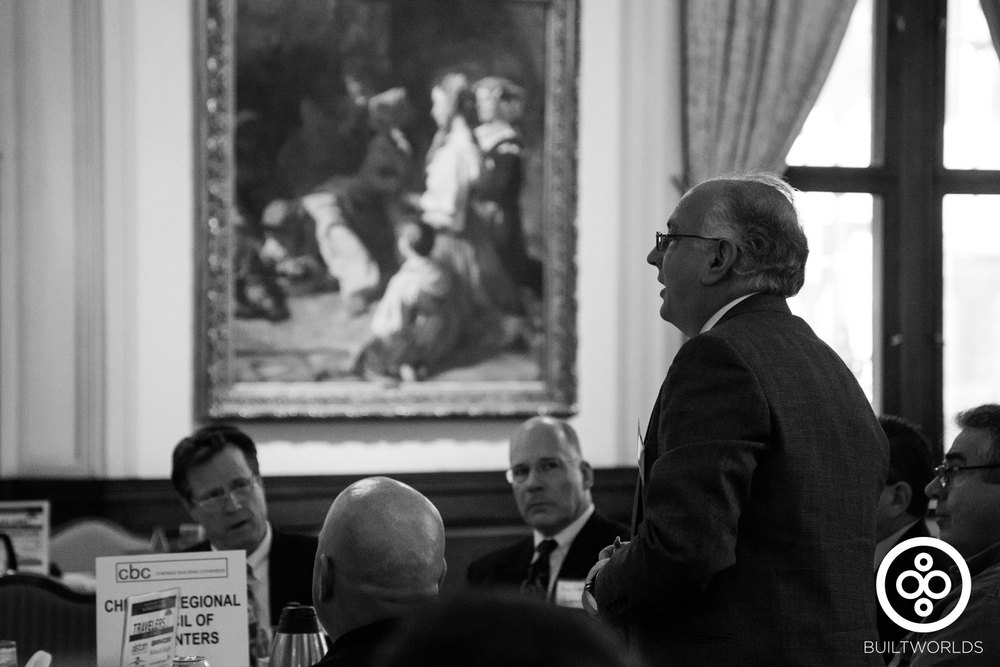


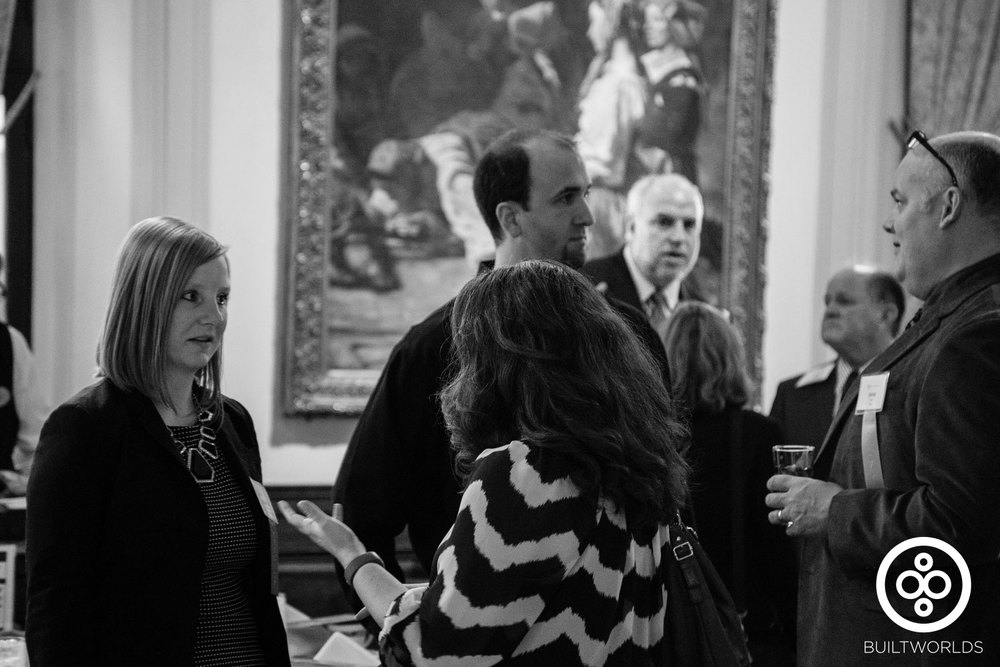









Discussion
Be the first to leave a comment.
You must be a member of the BuiltWorlds community to join the discussion.